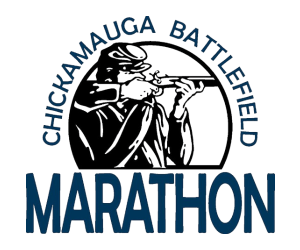Training Tips by Runzy Director of Coaching Joe McConkey
The Hardest Smartest Decisions
You are all prepped up and ready to go. You slept well, had a healthy meal the night before, passed on the glass of wine, you are ready to rock this 10 mile tempo run today. Warm-up feels good, the strides are zipping along, off you go. Ready to make smart decisions, but can you make the hardest smartest decision?
You know from experience that you tend to go out too fast, so you are mindful of the first mile, easing into pace and it is feeling easy. Smart.
Mile 1
Cruising along, but then you feel a very slight tension somewhere in the lower leg.
'What's that Right Calf?', you think. 'Nevermind. We feel great, we're only 1 mile in, we've been here before so I don't want to hear it, anyways whatever you said is too quiet to hear very well so I'm moving on.'
Mile 3
Pace is right on, and still feeling easy, but then Right Calf speaks a bit louder!
'The tension will go away', you think. You've been training smart so it can't be that important.
Mile 5
Uh oh. Right Calf is determined to be heard...
'Ok, something is off, I've had a similar injury before, and the recovery was not fun so I'm going cut this workout off before this gets to serious'.
Smart again.
So, you stop, disappointed, but comfortable in that you know you made the right decision. However, did you make the smartest decision? The likely reality is the smartest decision was in fact way back at the one mile mark, when you just noticed a slight discomfort from your right calf. To minimize the risk and maximize your running longevity and durability, the smartest but very difficult decision to make was to stop, right there at mile 1, and take a quick 'look' at what's going on.
If you catch a minor soft-tissue dysfunction very early on, oftentimes you can improve things very quickly. A one minute break to stretch and provide self-massage can be just what is needed to rush circulation to the area, clear out some initial inflammation, and reset optimal neuromuscular coordination. In these cases, you resume your tempo run and if what you did made a difference you'll know right away, because Right Calf is silent, and remains so for the rest of the run.





